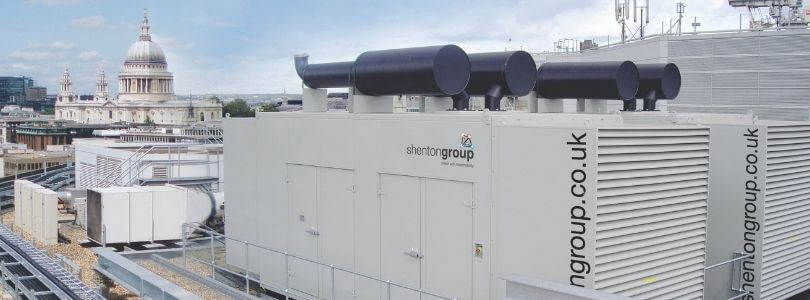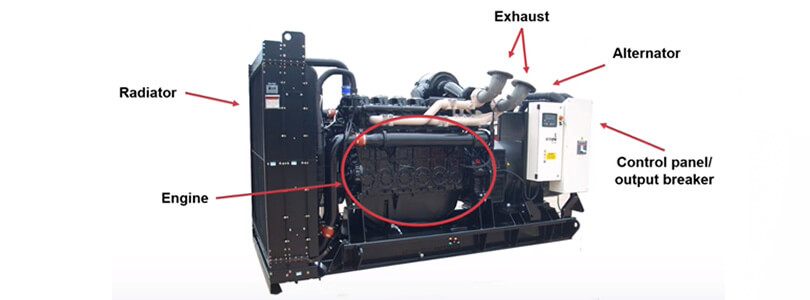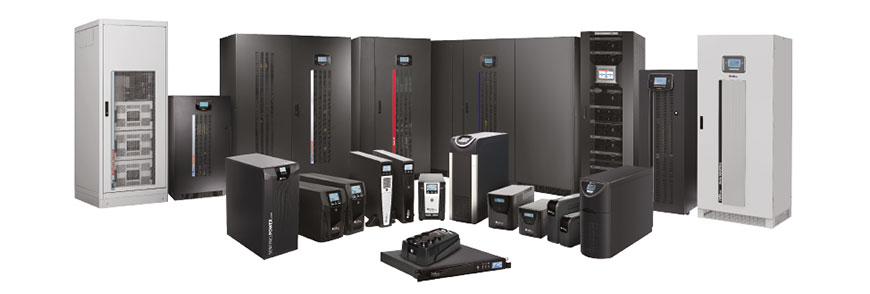Any hardware device that provides electricity to one or more electric devices is referred to as a power supply. Power supplies mostly fall under the categories of voltage sources and current sources. However, there are also current sources that provide constant current. Often, the term “power supply” refers to a voltage source.
Constant-voltage power supplies and constant-current power supplies are two broad categories of power supply circuits, but what do constant current and constant voltage mean, and are they the same thing? This blog will detail what these two phrases mean, the differences between them, and what applications they are used in.
Constant Current & Constant Voltage
Constant current and constant voltage may sound similar, but they are actually two very different things. Each of these power supplies has different applications, so choosing the right power supply depends on what you need. Let’s break down what they both mean and how they work.
What Does Constant Current Mean?
A constant current (CC), also known as a steady current or stationary current, is a type of DC (Direct Current) that doesn’t change its intensity over time and maintains it.
A constant current source will be used if an electrical load is varied, as it can help stabilise the load into a steady current. A CC power source will maintain a current at a relatively constant level, regardless of any large changes in voltage supply.
An application that uses constant current power supplies is LEDs. While a high series resistance is enough to light an LED, the design may sometimes need to guard against high current, or you can risk burning out and short circuiting the LEDs.
What Does Constant Voltage Mean?
Constant voltage is the opposite. CV refers to a power supply that controls the output voltage to a constant level. This type of power supply always provides constant voltage regardless of the electrical load.
This type of power source is widely used in power supplies for electronic circuits and most DC benchtop power supplies are normally operated in constant voltage (CV) mode.
Some common constant voltage sources are batteries and regulated power supplies. Though batteries can’t supply constant voltage indefinitely and require charging or replacing.
A constant voltage is usually used on circuits that require a steady voltage supply for efficient operation. A good example would be paralleled LED strip lights which require a constant voltage LED driver to produce the most balanced current over the independent output channels.

What are Variable Power Supplies?
Variable power supplies are usually an adjustable component or device, which includes a means for the user to easily vary and adjust the output voltage and sometimes the output current. This can be through a control panel to adjust the setting and switch between CC and CV modes. The original power source’s voltage that is sent to the circuit is limited or increased by a variable power supply. For example, if you run a model train, you would flip a switch and deliver a voltage in increments to increase the speed of the train and reduce the voltage supply to slow it down. This variable type of power supply is also used in tattoo machines and larger industrial power supplies, such as back up generators.
Our Constant Power Supply Services
At Shenton Group, we manufacture diesel and gas HV & LV generators from 10kVA to 3200kVA. As a leading generator manufacturer, we are committed to ensuring that your power supplies continue to function in the case of a power outage, as well as enhancing the sustainability of your power supply by offering the best power solutions for remote regions.

We can offer constant power supply products to help keep your business running in the event of a power outage or fluctuation. Our uninterruptible power supply (UPS) offers a continuous power supply and ensures there is no break in power when the main power source fails, or if the voltage drops to an insufficient level or surges and causes an outage.
To ensure you never experience a power outage, we build a completely customised variety of dependable backup power generators and provide continuous technical support and maintenance services.






















